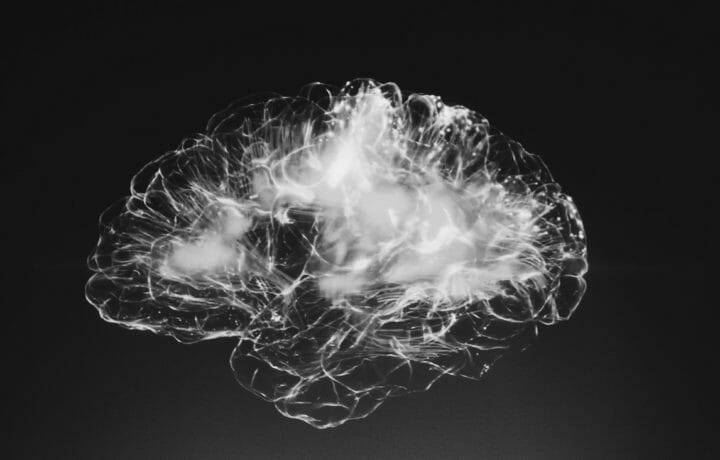For veterans and active-duty military personnel, the challenges of managing mental health issues such as post-traumatic stress disorder, depression, anxiety, and more, are profound and deeply personal. Discussing a ‘weakness’, or ‘shortcoming’, can affect your confidence and comes with the weight of feeling like a weak link to those who depend on you. These fears, mixed with the shortage of mental health experts, affect the overall morale and welfare of service members across the globe.
According to the Government Accountability Office, wait times for Service Members to be seen by on or off-post mental health providers ranged from two weeks to over one month. These wait times and shortages have the potential to make a life-or-death difference in cases amongst our military ranks. This is a problem with the need for an immediate solution.
The ‘Stigma’ of Mental Health Issues
Despite the availability of traditional therapeutic options, barriers such as stigma, cost, and accessibility often prevent many from seeking help. The stigma of mental health issues has loomed over those in the military, and those with security clearances for a long time. It feels like there is no ‘safe zone’ when dealing with these concerns. Enter artificial intelligence — a groundbreaking technological frontier transforming mental health care. AI-powered tools, including chatbots and virtual therapists, are offering innovative solutions to help veterans and service members cope with PTSD and other mental health challenges.
Mental health concerns are pervasive among veterans and service members, with PTSD affecting approximately 13.9% to 17.6%, according to a 2022 Health.Mil report, of those who served in operations such as Enduring Freedom and Iraqi Freedom. Active-duty personnel also face unique stressors, from combat exposure to prolonged separations from loved ones. Unfortunately, many are hesitant to seek traditional therapy due to the stigma surrounding mental health, limited access to qualified providers, and the high cost of ongoing care.
How AI is Changing the Game
AI-powered tools are stepping into this gap, providing accessible, anonymous, and personalized support. Chatbots such as Woebot and Wysa use natural language processing to engage users in conversations that mimic those with a therapist. These tools can guide users through evidence-based techniques like cognitive-behavioral therapy, helping them manage symptoms of anxiety, depression, and PTSD.
Virtual therapists, like Ellie, developed under DARPA’s SimSensei program, take this technology a step further. Ellie uses AI to analyze facial expressions, vocal tones, and verbal cues to detect emotional states and offer tailored therapeutic responses. These innovations provide a safe space for users to explore their feelings without judgment.
AI is also being used to analyze data from wearable devices, such as heart rate monitors, to identify early signs of stress or emotional distress. By doing so, these tools can prompt timely interventions, potentially preventing mental health crises.
Benefits for Veterans
For veterans, AI-powered mental health tools offer several advantages. Accessibility is a significant benefit, especially for those living in rural or remote areas where mental health services are scarce. The 24/7 availability of these tools ensures that help is always at hand, regardless of the time or location. Furthermore, the anonymity provided by AI tools can reduce the stigma often associated with seeking mental health support.
For active-duty service members, these tools can be integrated into their daily routines, providing discreet support even in high-stress environments. AI’s ability to adapt and learn from user interactions ensures that the support remains relevant and personalized.
Real World Concerns
AI-powered mental health tools are already making a meaningful impact in the lives of service members and veterans. Imagine a veteran living in a rural area, miles from the nearest VA clinic, using a chatbot for daily check-ins, mindfulness exercises, and proven coping strategies. Or consider an active-duty soldier stationed overseas who turns to a virtual therapist to manage stress and maintain emotional resilience. These aren’t hypothetical scenarios—they’re real use cases that highlight the growing role of AI in supporting mental wellness.
However, while the potential is significant, these tools come with important limitations. The absence of human empathy in AI interactions can leave some users feeling isolated or misunderstood. There are also serious concerns around data privacy and security, especially when dealing with sensitive personal information. To build lasting trust in these technologies, protecting user confidentiality must remain a top priority.
Future Outlook
As AI continues to evolve, its integration with traditional therapy could redefine mental health care for veterans and service members. Future developments might include AI-assisted group therapy sessions, advanced predictive analytics for crisis prevention, and enhanced virtual reality tools for exposure therapy.
AI’s potential extends beyond therapy. It could play a vital role in reintegration programs, job training, and other post-service challenges, providing comprehensive support for veterans transitioning to civilian life.
A Critical Objective
Mental health care for veterans and active-duty service members is a moral imperative. AI-powered tools are not a replacement for human therapists but a powerful complement, bridging gaps in access and providing immediate support. As we embrace these innovations, we must ensure they are developed and deployed responsibly, keeping the needs and dignity of those who served at the forefront.
Investing in AI for mental health is an investment in the well-being of our nation’s heroes. By leveraging technology to address these critical challenges, we can honor their service and ensure they receive the care they deserve.




